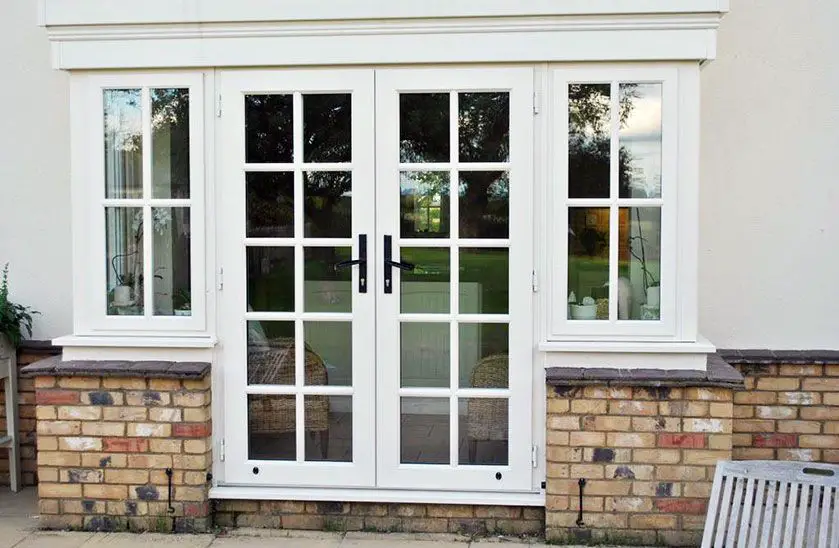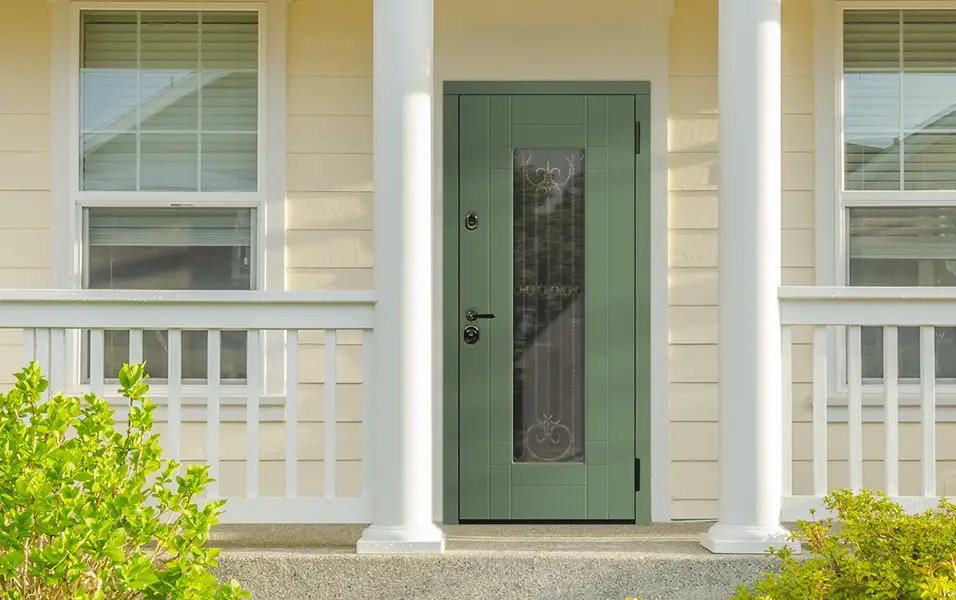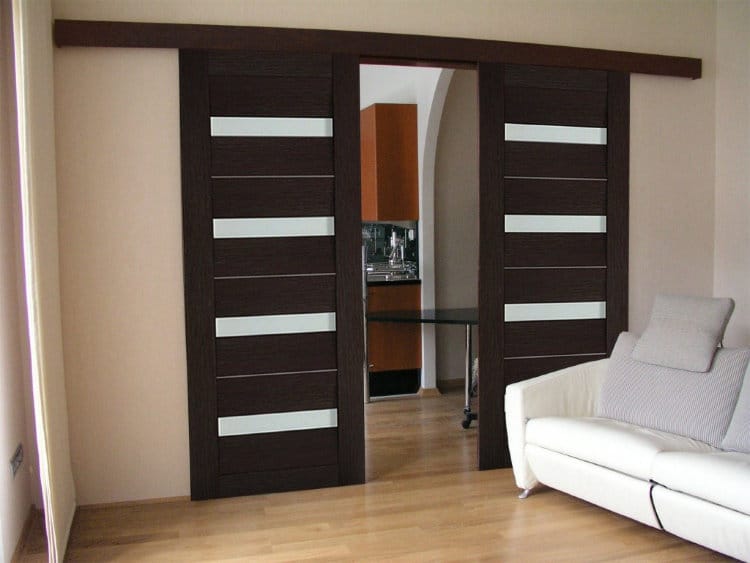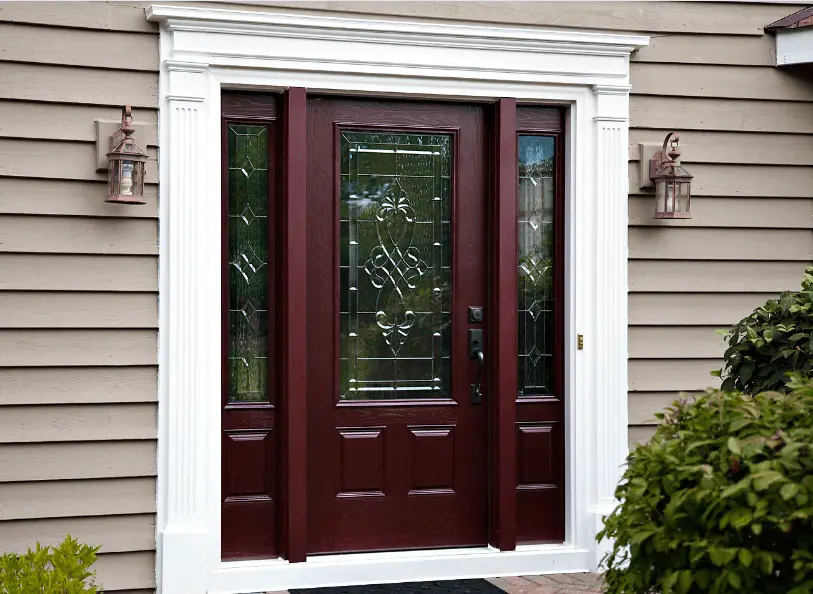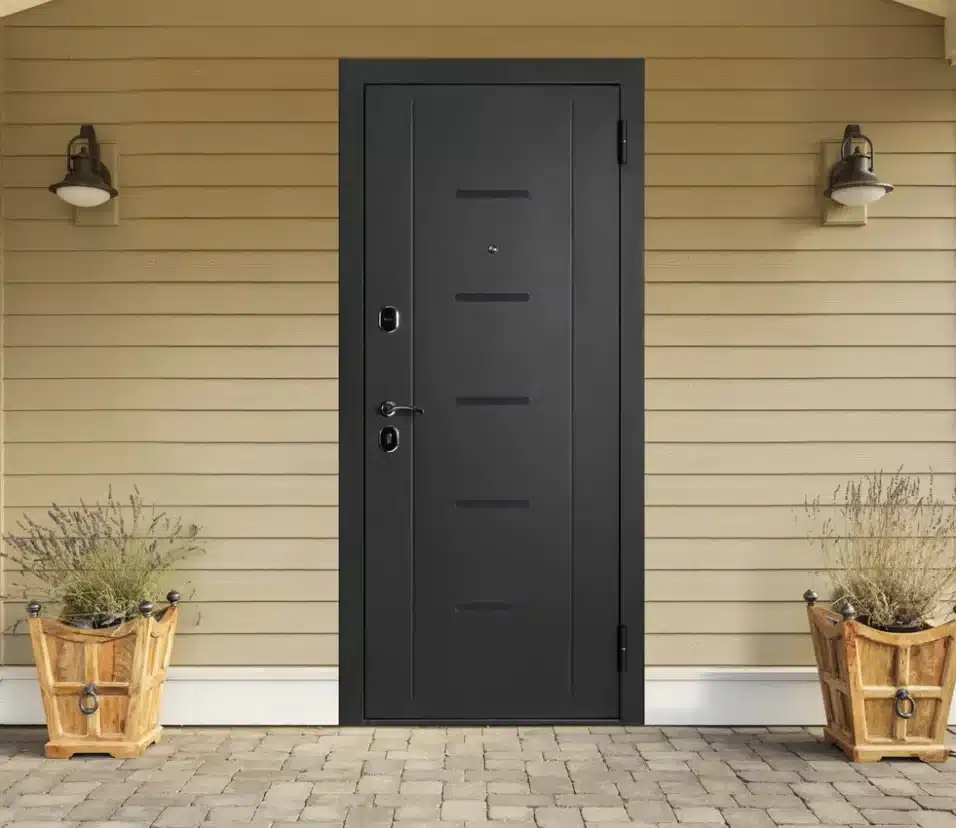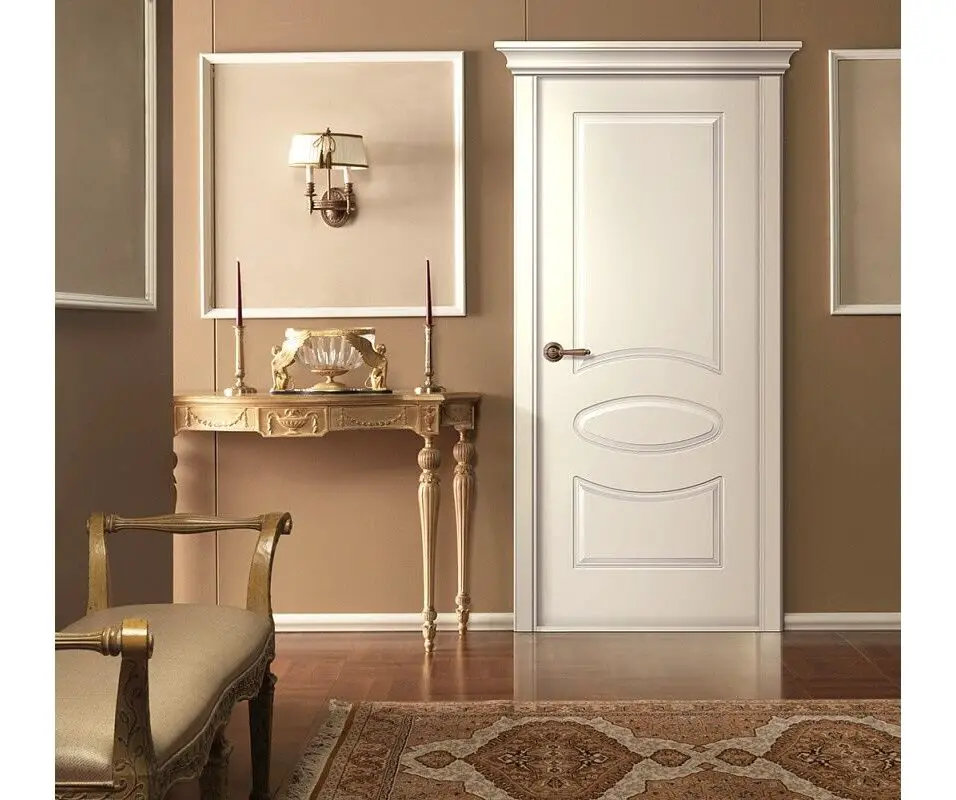How To Install French Doors Exterior
Introduction
How To Install French Doors Exterior: Installing exterior French doors is a transformative project that combines aesthetic enhancement with functional improvement. French doors, characterized by their elegant glass panels and double-door design, bring abundant natural light into indoor spaces while offering a seamless connection to the outdoors. Whether replacing an existing entryway or adding a new dimension to your home, learning how to install exterior French doors empowers you to create an inviting and versatile transition between interior and exterior environments.
This book offers a thorough step-by-step explanation of the installation procedure, providing readers with the requisite knowledge and instructions needed to effectively do the task. The process of installing a door involves several crucial stages, including measuring the door opening, securing the frame, connecting hardware, and ensuring enough insulation. Each of these stages is vital in order to achieve a secure, energy-efficient, and aesthetically pleasing installation. Installing exterior French doors isn’t just about practicality; it’s an opportunity to transform the look and feel of your home.
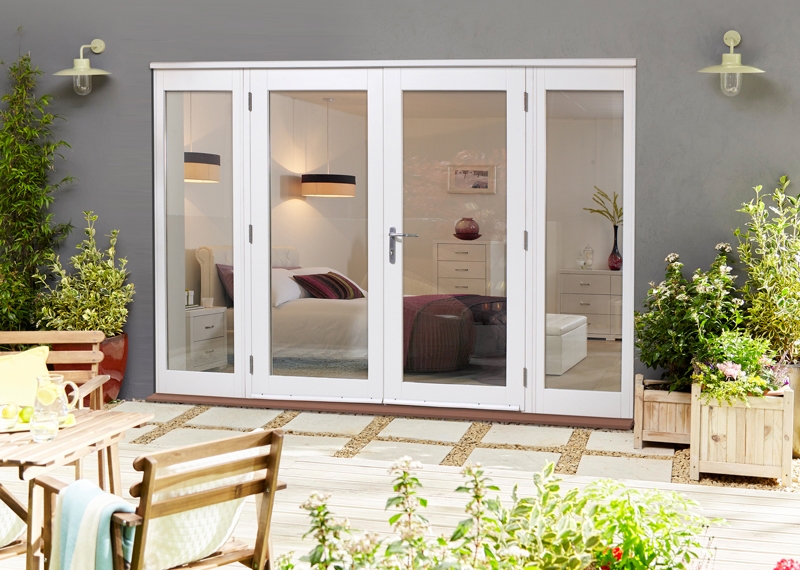
How do you install external French doors?
OUR GUIDE ON HOW TO FIT EXTERNAL FRENCH DOORS
- Step 1: Begin by Framing the Opening and Sealing It. Remember to seal the doorframe carefully to protect your home from draughts, condensation and insects.
- Step 2: Screw in the Balcony Doorframe.
- Step 3: Seal and Foam the Gaps.
- Step 4: Install and Adjust the Door Leaf.
Installing external French doors involves a systematic process to ensure a seamless and secure fit. Begin by meticulously measuring the door opening and removing any existing components. With a level and plumb, position the doors in the opening, making necessary adjustments to achieve even gaps on all sides.
Next, fasten the door frame securely to the opening using screws or nails, ensuring it remains level and plumb throughout.
As you progress, installing exterior trim around the doors not only reinforces their stability but also contributes to the overall aesthetics. Caulking the seams adds an extra layer of protection against water intrusion. Before finalizing the project, conduct thorough checks to ensure the doors open, close, and lock smoothly. Make any required adjustments to hinges or hardware.
Can I install my own French doors?
If you’re an experienced DIYer who’s installed doors, including external ones, before, it’s not too hard. It is a little awkward, and you will need help to cope with moving those heavy doors into position. But it’s not too difficult.
Yes, you can certainly install your own French doors if you have a reasonable level of DIY skills, proper tools, and a willingness to follow instructions carefully. Installing French doors involves several steps, including preparation, measurement, alignment, and securing.
Firstly, assess your comfort level with tasks like measuring accurately, using power tools, and handling building materials. Then, gather the necessary tools, such as a level, measuring tape, screws, a drill, shims, and insulation.
Educate yourself about the specific installation process for French doors, as it can vary based on the door type and manufacturer. Instructions from the door manufacturer should be followed closely.
Remember that French doors are often heavy and require careful handling during installation. Precise measurements and proper leveling are crucial to ensuring the doors fit securely and function correctly
Should exterior French doors open inward or outward?
The most common way to install French doors is so that they open outwards, but it is possible to have them open inwards instead if you are short of space in your garden. This can actually make for a more secure option, too, as the hinges will be hidden inside your home.
Whether exterior French doors should open inward or outward depends on factors like space availability, local building codes, weather conditions, and personal preferences. Each option has its advantages and disadvantages.
Inward Opening:
- Space-Saving: Inward-opening French doors don’t require exterior space to swing open, making them suitable for areas with limited outdoor space.
- Weather Protection: Inward-opening doors can provide better weather sealing, as wind and rain tend to press the doors against the frame, creating a tighter seal.
- Security: Inward-opening doors may offer increased security as their hinges are protected from potential tampering.
Outward Opening:
- More Usable Space: Outward-opening French doors provide an uninterrupted opening, making it easier to move large furniture or objects in and out.
- Ventilation: They can provide better natural ventilation by directing air into the room.
- Water Drainage: Outward-opening doors are less likely to collect water along the threshold, which can be beneficial in areas with heavy rainfall.
- Safety: In an emergency, outward-opening doors can provide easier egress as they don’t block the path.
Ultimately, the choice depends on your needs and preferences. Check local building codes, consider the layout of your space, and evaluate the prevailing weather conditions. If you’re uncertain, consulting with a professional can help you make an informed decision based on your specific circumstances.
Do exterior French doors both open?
French doors allow for both doors to actually open and function. A double door or two-section patio door has a “dummy door” that doesn’t actually function, it stays stationary and only one door opens. We also get asked how secure French doors are, and are they as secure as a two-section patio door?
Yes, exterior French doors are designed to both open. French doors consist of two individual door panels that are hinged on the sides and typically meet in the center when closed. When you want to open the doors, each panel can swing outward or inward, creating a wide and unobstructed passage.
The ability of both door panels to open provides several benefits. Firstly, it allows for optimal ventilation, as you can open one or both panels to let fresh air flow into the space. Secondly, it’s convenient for moving large items in and out of the house, as you can fully utilize the width of the opening. Additionally, it enhances the aesthetic appeal of the entryway, providing a symmetrical and inviting look.
Keep in mind that while both door panels can open, you can also choose to keep one panel closed while using the other for daily ingress and egress. This flexibility offers practicality, especially during inclement weather or when you want to maintain a barrier against pests or noise.
However, the direction in which each door panel opens (inward or outward) can vary based on your preference, space constraints, and local building codes. It’s essential to consider these factors when choosing and installing exterior French doors to ensure functionality, aesthetics, and compliance with regulations.
How long do French doors take to install?
It typically takes between 4 and 7 hours to properly install exterior French Doors, depending on the complexity of the project and any potential issues that may arise during installation.
For those with moderate DIY skills, it could take longer, potentially ranging from 6 to 12 hours or more. This extended timeframe accounts for careful measurement, leveling, and ensuring a secure fit.
The installation process involves tasks like removing the existing door, preparing the opening, aligning and securing the door frame, attaching the doors, adding hardware, and ensuring weather sealing. Each step demands attention to detail to ensure proper functionality and aesthetics. Moreover, if you’re unfamiliar with the process, you might need to take breaks to consult guides or resources.
What’s the process for installing exterior French doors?
Installing exterior French doors involves a series of steps to ensure a secure, functional, and visually appealing entryway.
Here’s a concise overview of the process:
1. Preparation: Begin by removing any existing doors and hardware. Clear the area around the door frame and ensure the floor is level and the walls are plumb.
2. Measurement and Sizing: Accurately measure the door opening to ensure the French doors will fit properly. Consider both width and height.
3. Door Frame Installation: Install the door frame in the opening. Use shims to ensure it’s level and plumb. Fasten the frame securely to the surrounding structure using appropriate screws.
4. Weatherproofing and Insulation: Apply insulation around the frame to prevent drafts. Install weatherstripping to create a tight seal when the doors are closed, enhancing energy efficiency.
5. Door Panel Attachment: Securely attach the door panels to the hinges in the frame. Adjust as needed for proper alignment and smooth operation.
6. Hardware Installation: Install the handles, locks, and any additional hardware according to the manufacturer’s instructions.
7. Finishing Touches: Install trim around the frame to enhance the appearance and provide additional support. Caulk any gaps to prevent water infiltration.
8. Testing and Adjustments: Test the doors to ensure they open, close, and lock properly. Make the necessary adjustments to hinges or hardware for optimal functionality.
What tools are needed to install exterior French doors?
Installing exterior French doors necessitates the use of several essential tools to ensure a successful and precise installation process. Safety equipment like gloves and safety glasses is also recommended to ensure protection while handling materials and tools.
Having these tools readily available and knowing how to use them effectively will contribute to a smoother installation process, resulting in well-fitted and secure exterior French doors that enhance both the aesthetics and functionality of your home’s entryway.
How do exterior French doors benefit a home’s appearance and functionality?
Exterior French doors offer substantial benefits to a home’s appearance and functionality, making them a popular choice for enhancing both indoor and outdoor spaces.
Appearance Enhancement: French doors add a touch of elegance and sophistication to a home’s exterior. This creates a sense of spaciousness and seamlessly connects living areas with outdoor landscapes.
Functionality and Versatility: French doors are also well-suited for bringing in larger items like furniture, plants, or artwork with ease.
Aesthetic Cohesiveness: They lend a picturesque charm to the exterior façade while reflecting an air of elegance from the inside

Conclusion
Embarking on the journey to install exterior French doors is a rewarding endeavor that brings together the realms of craftsmanship, functionality, and design. As you’ve learned through this comprehensive guide, each step in the installation process is a piece of a puzzle that contributes to the overall success of the project.
The allure of natural light streaming through elegant glass panels, the seamless transition between indoor and outdoor spaces, and the convenience of versatile traffic flow all come together to create an entryway that’s as inviting as it is functional.
As you stand back to appreciate your doors, remember that they are the result of your hard work, study, and dedication. The outdoor French doors you installed recently show your creativity and your appreciation for home beauty and usefulness.



